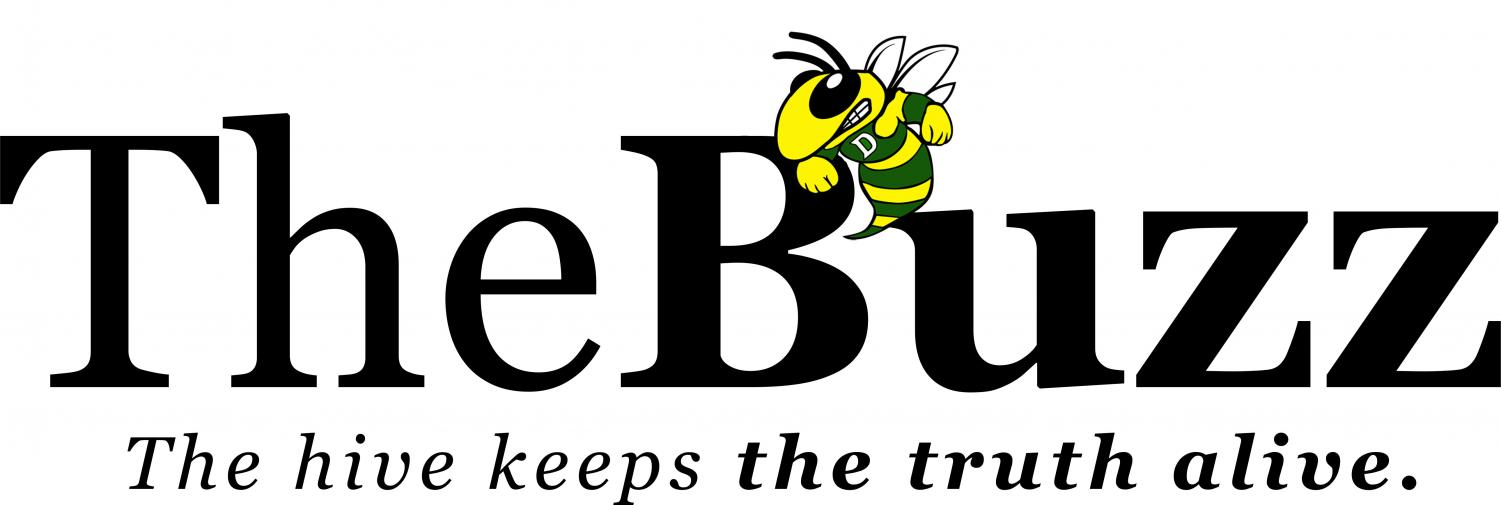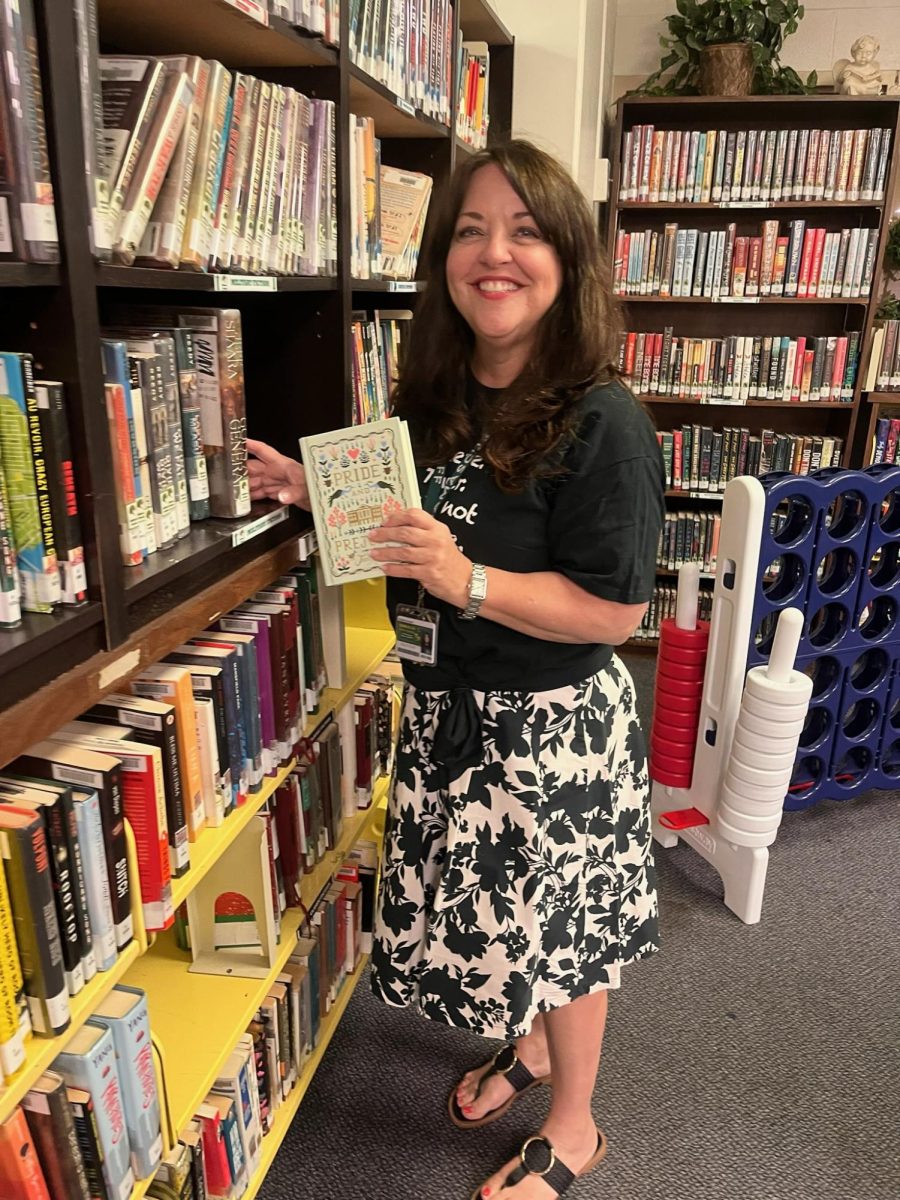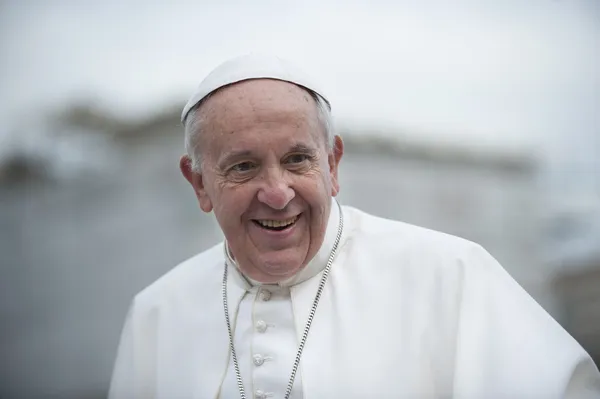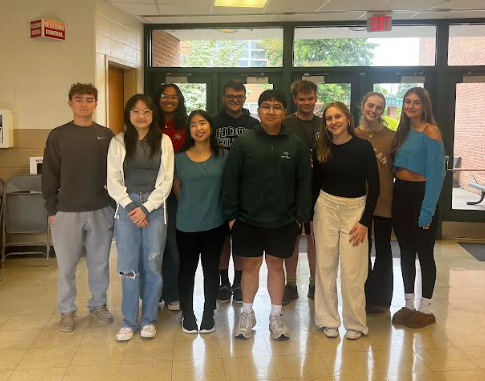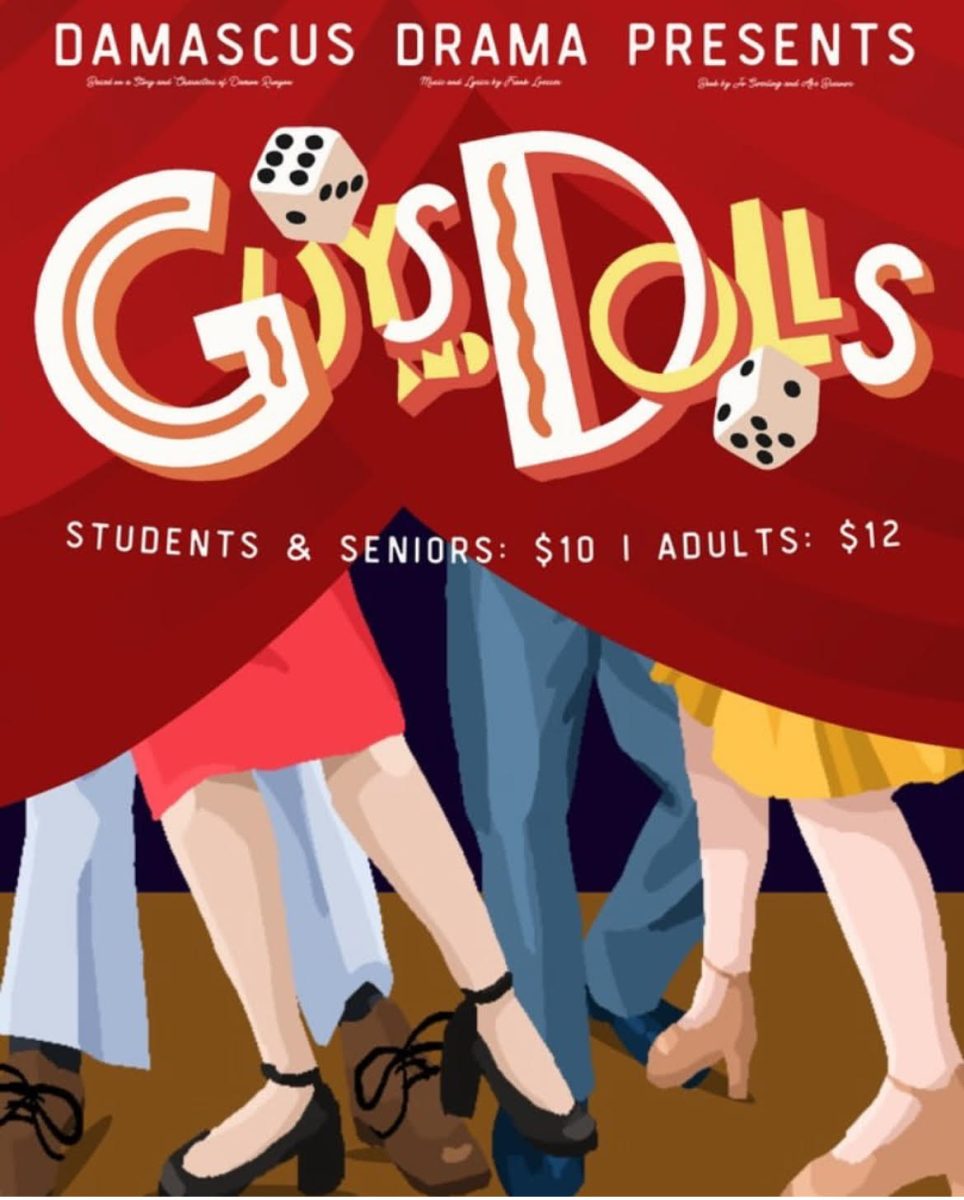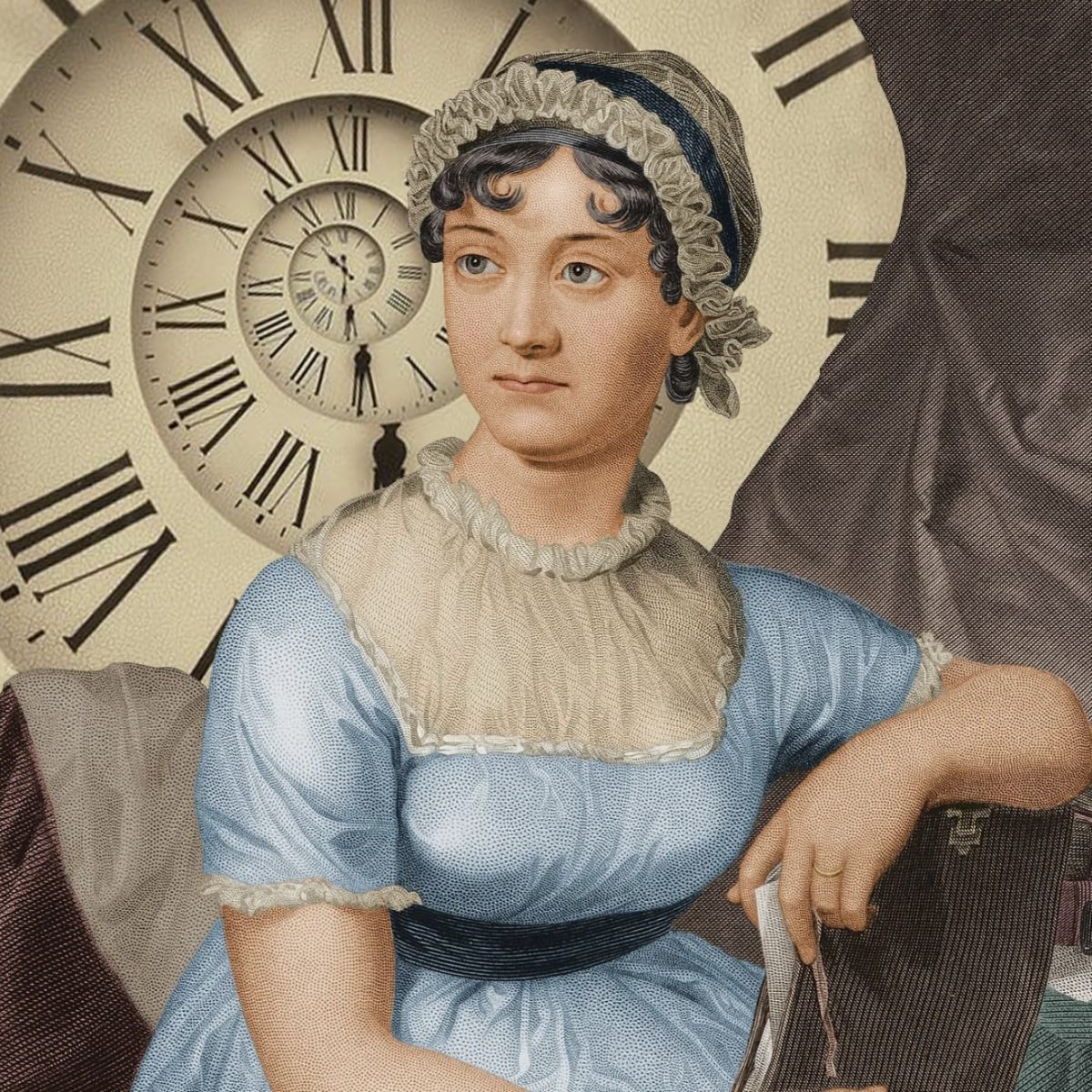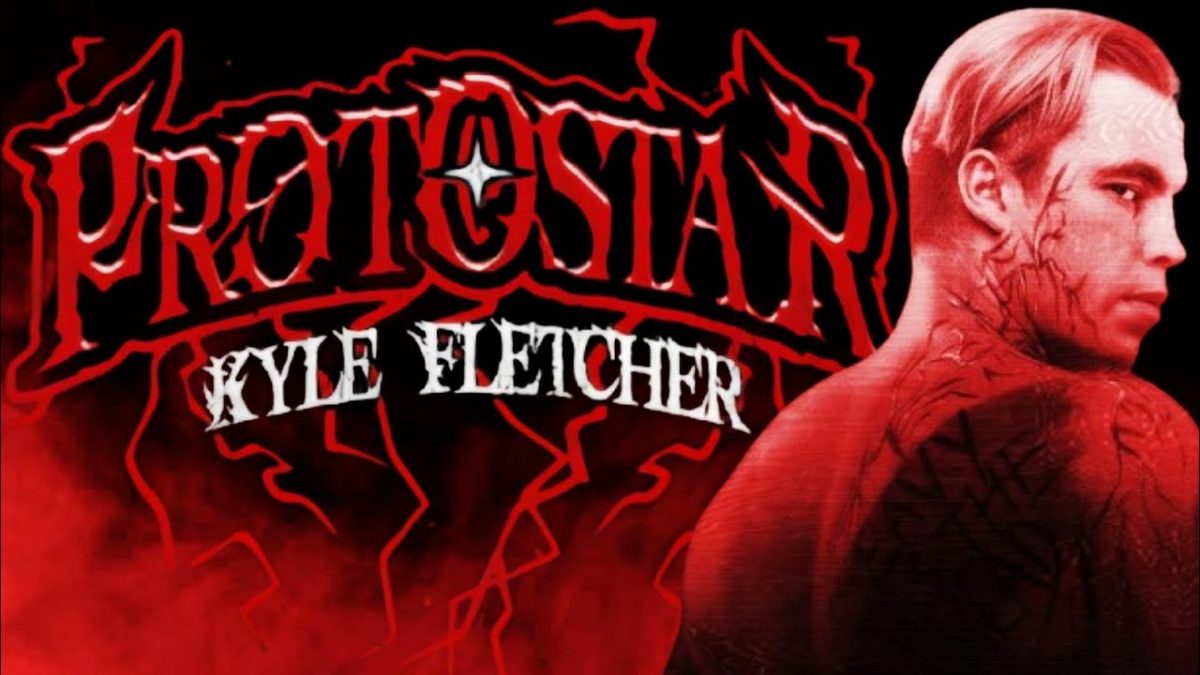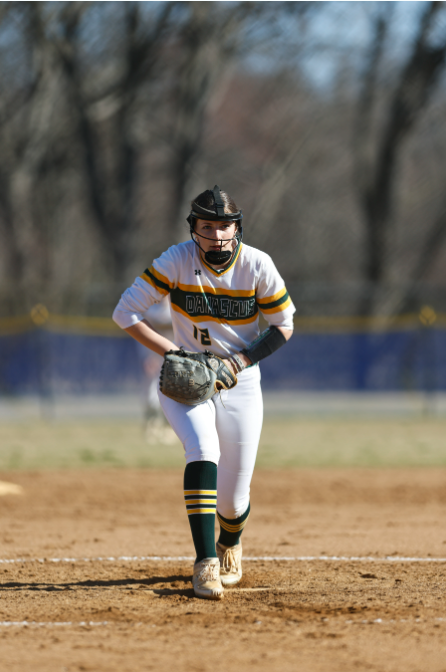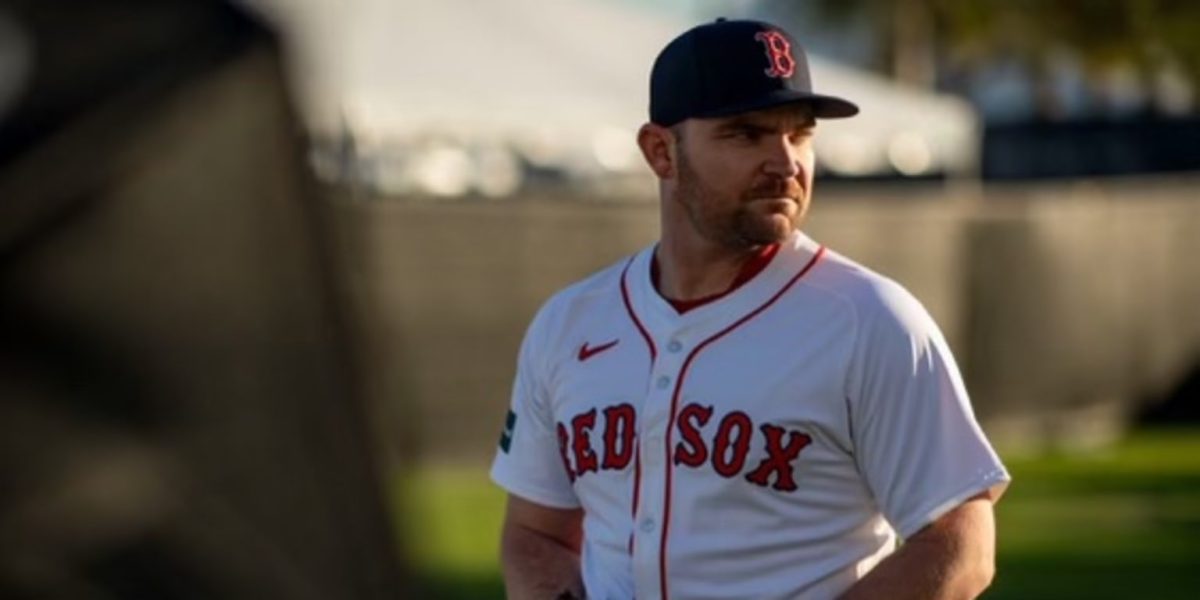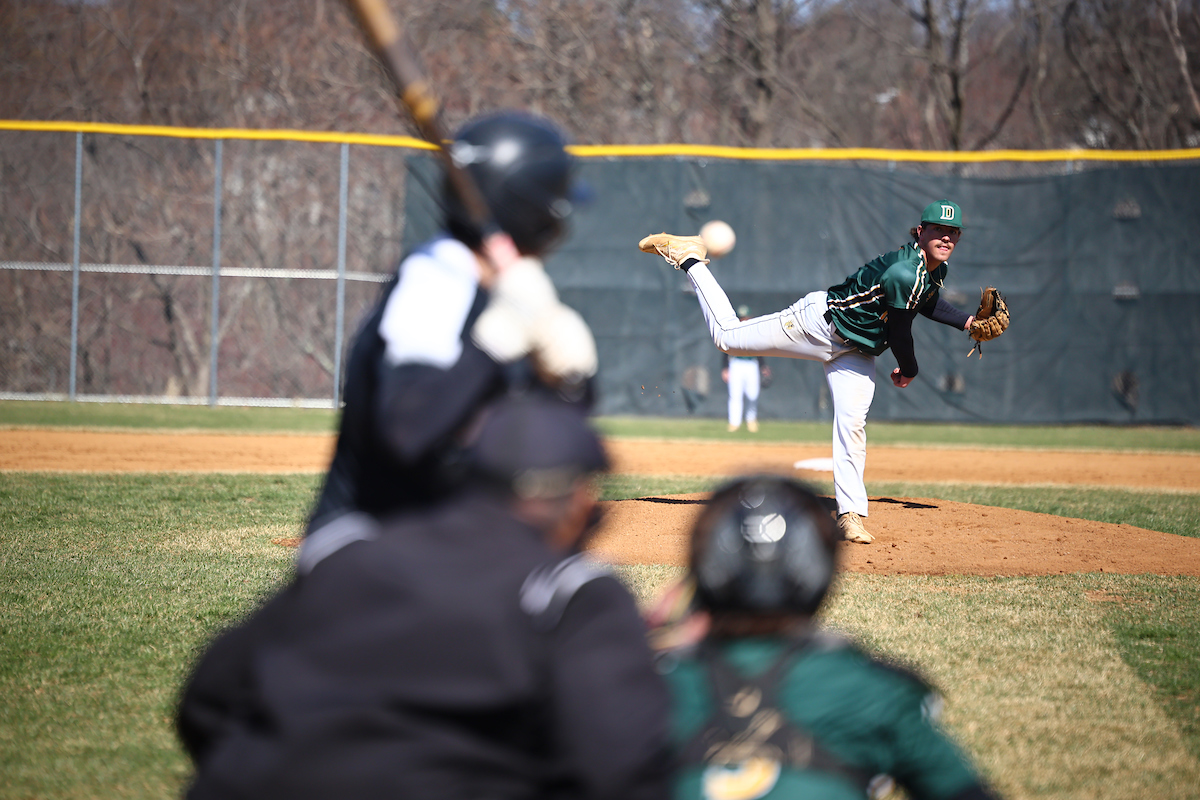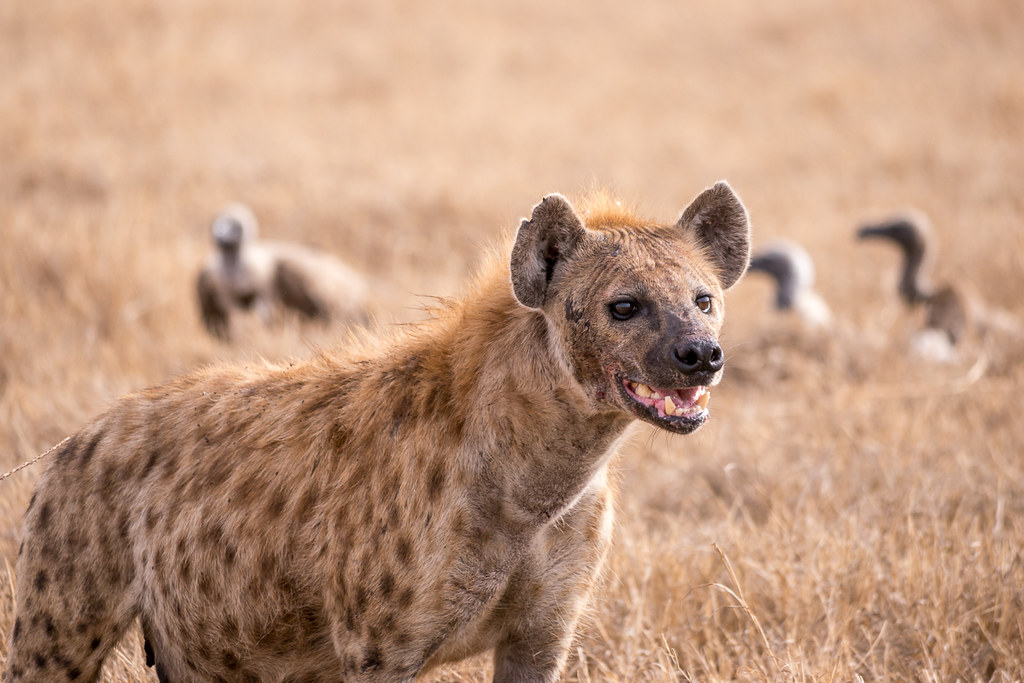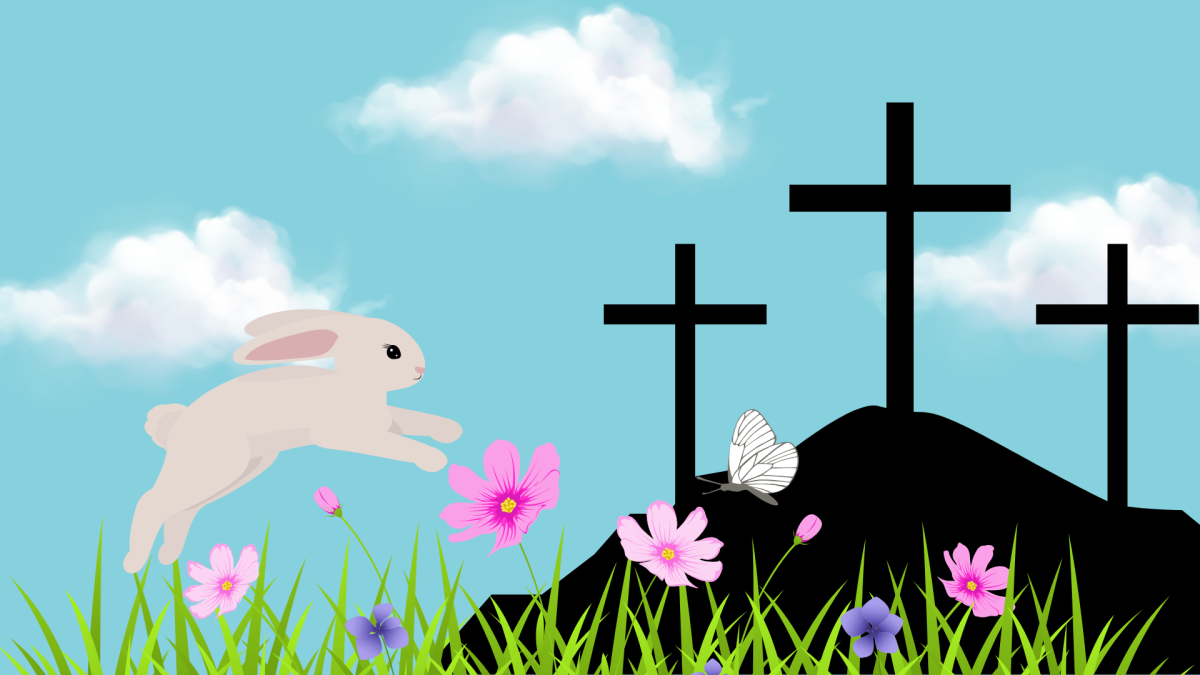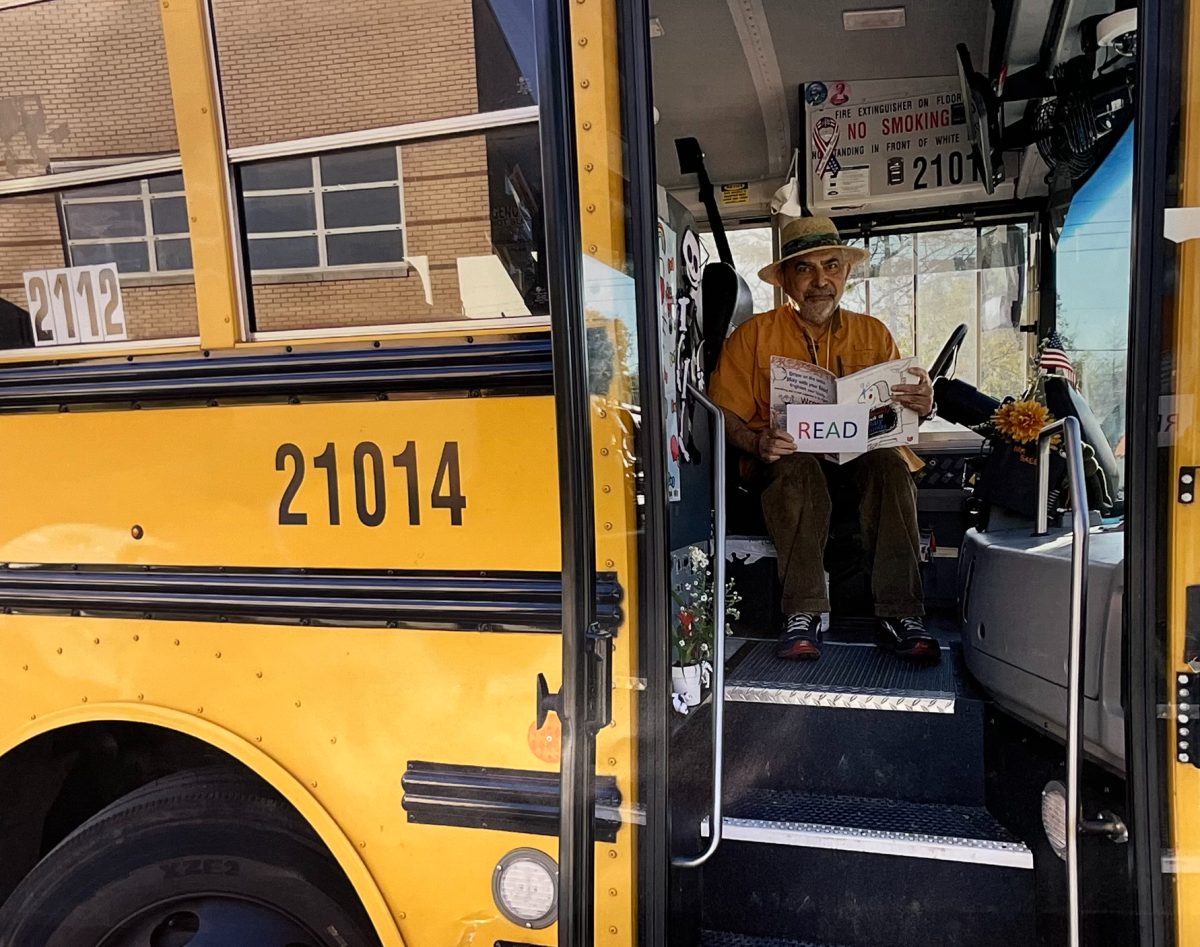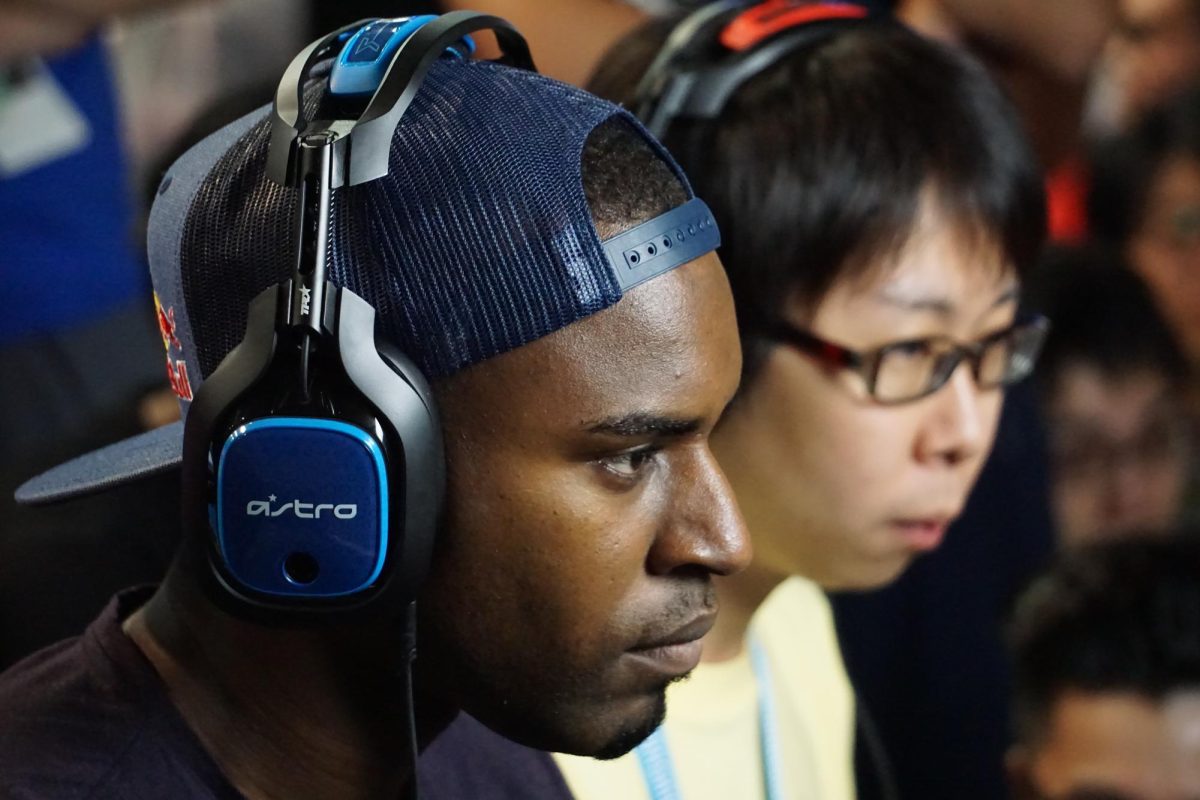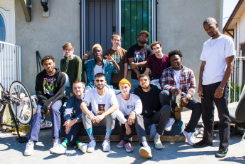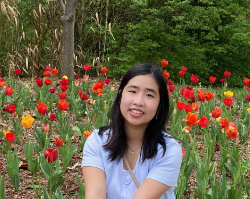Fashion is elusive and ever-changing. From year-to-year, decade to decade trends in women’s fashion faced drastic changes. Influenced by the world around them, celebrities, and social norms, the styles of the 20th century went through fanatic growth. From the Edwardian fashions of the early 1900s to the clothes we wear today, how has fashion evolved and changed over the decades?
1900s
The 1900’s fashion began much like the previous decades. Reminiscent of the Edwardian era fashion, modesty was emphasized and dresses worn covered the body from neck to toes. The fashionable silhouette was known as the S-shape, where a small waist and a large monobosom were emphasized. This S-shape silhouette created a mature, graceful, and sophisticated figure. To emphasize the shape, tops were blousy to create an illusion of the shape. The sleeves of dresses were dramatic and skirts were bell-shaped. Bell-shaped skirts have a narrow shape at the waist and widen near the knees before tightening once again near the hem. It looks a lot like the classic skirts that we see today. In this decade the most popular fabrics used for clothing were materials such as chiffon and silk satin. Wealthy women dressed extravagantly and many embellishments were added to their dresses. Decorative lace was especially popular for those who could afford it but Irish crochet was also used as an alternative. The colors used in dresses were light and colorful. This decade saw women emphasizing dressing for the occasion, thus the evening wear differed from the typical day-to-day wear. While evening dresses maintained the same s-shaped silhouette, necklines were lower in a decollete fashion and sleeves were shorter. Some women wore their dress sleeves off the shoulder, while others were draped. Long gloves were worn to offset the short sleeves. Some women began to work, highlighting the need for more practical wear. This gave rise to the popularity of tailor wear. These dresses were more suited for working ladies.

1910s
The 1910s was a decade that was heavily affected by war and bloodshed as World War I raged across Europe. This had an impact on the lives of many people and families. The 1910s style can be described as classy like the previous era but more simplified. Styles like above-the-ankle skirts that were fuller and tired as well as higher bodices differentiated themselves from the previous decade and were direct impacts of WWI. After the war art deco prints could be seen in garments. Compared to the 1900s, the silhouette of the 1910s was softer, with less emphasis on the S-shape. Instead, the silhouette was focused more on a soft flowing, fluid look. As dress length shortened to about ankle length a new trend called for the skirts to be tightened around the ankle creating the appearance of long flowy pencil skirts. Skirts were often combined with some sort of jacket, tunic, or fur-lined coat. Big stylish hats were especially popular with women and were often decorated with various accessories like feathers, veils, and ribbons, for footwear boots were popular. They were reminiscent of men’s church shoes but contained feminine touches like decorative bows, thinner heels, and a rounder shape, for both men and women curved heels were also a popular choice. For evening wear, ladies would wear shoes called court shoes that looked like small heels or slippers. The 2010s saw the evolution of many Edwardian styles and marked the end of this fashion era in 1914. Other popular garments were walking suits made out of line and wool. Walking suits were prized for their practicality in everyday wear. Garments were most typically made using satin, taffeta, chiffon, and other lightweight silks. In the hot summer, washable cottons were also used. In this decade automobiles saw a rise in popularity so driving clothes were invented. Known as the duster, these long, lightweight coats prevent the wearers from dust while riding with veiled hats to keep complexions smudge-free.
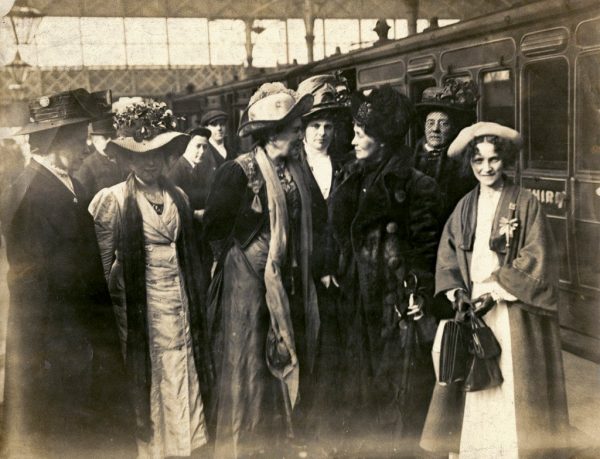
1920s
Nicknamed the Roaring ‘20s, this decade in fashion saw tremendous growth in styles as it deviated away from the classy and elegant styles of the beginning of the century. The most popular style of the ‘20s was known as the La Garconne look. Taken from the French word boy, this style aimed for a boyish frame and to sculpt the female body. The “ La Garconne” looks like a characteristic silhouette with few curves and doesn’t hug or pinch the body. The style was androgynous and used simple lines. The most well-known fashion style was the flapper style. There is some debate about where the term “flapper” came from but the most popular theory is called the Galoshes theory. The theory states that rebellious young women would wear galoshes unbuckled so rubber shoes flapped back and forth, hence the term flapper. However other theories say that the word flapper was used in the UK even earlier than the 1920s to mean a young prostitute or that in the late 19th century the word meant a high-spirited teen girl. Wherever the name flapper came from, the style was known for its short hemlines that were previously seen as scandalous. Despite the popular myth, flapper dresses did not rise above the knee, even though hemlines were steadily creeping upward, the typical flapper dresses remained below the knees. Flapper dresses used economical fabrics and had a dropped waist. These dresses were often paired with

flesh-covered stockings to protect the legs. An interesting detail to note about the silhouette and fashion of this decade is that waistline and hemline lengths were inversely related. Waistlines dropped until 1923 and rose again in 1928 while hemlines rose until 1926 and fell afterwards. Fashion icons like Coco Chanel launched the flapper style into popularity.
Evening gowns similar to other fashion of the decade followed the hemline trend but some did nearly reach the floor. Evening dresses had ornate decor, sequins, and beadwork creating the glamorous nightwear look that the 20s are sometimes known for.
Besides the La Garconne look, other fashions and styles made their marks in the 1920s. One such style lay on the opposite end of the fashion spectrum from the flapper style. This style was known as the Robe de Style. Popularized by Jeanne Lanvin this style was the opposite of the androgynous look and aimed to be as feminine and romantic as possible. Dresses contained full skirts and sometimes even had side hoops or false hips known as panniers to achieve this silhouette.

Another popular look of the decade was sportswear. For the first time, it had become acceptable for women to wear sportswear as casual or daywear; before it was only acceptable for men. The popularity of the sportswear look stemmed from Coco Chanel and other designers like Jean Patou and Jane Remedy. At the time tennis was the popular sport for women and became the basis of much of the sportswear fashion. Popular tennis star Suzanne Lenglen popularized the look and worked a short-sleeved tennis dress with a bandeau. The tennis dress resembled shift drifts.
Alongside the popularity of the flapper style, hairstyles also faced a major revolution in the Roaring Twenties. Inspired by film stars who wore a similar look and F Scott Fitzgerald’s short story, “Bernice Bobs Her Hair”, the bob became the new cutting-edge look. The bob was often paired with a headband once again highlighting the tomboyish style of the decade. As the decade drew to a close, hair did begin growing out once again.
Paired with the bob the Cloche style hat gained popularity. Hats in this decade began to shrink from the large hats of the 1910s. The helmet-shaped hat was the perfect accompaniment to the helmet-shaped haircut of the bob.
A highlight of this decade in fashion was the accessibility from all social classes. For the first time, any woman could recreate or achieve the styles with less expensive materials. This was deemed the start of the democratization of fashion.
1930s
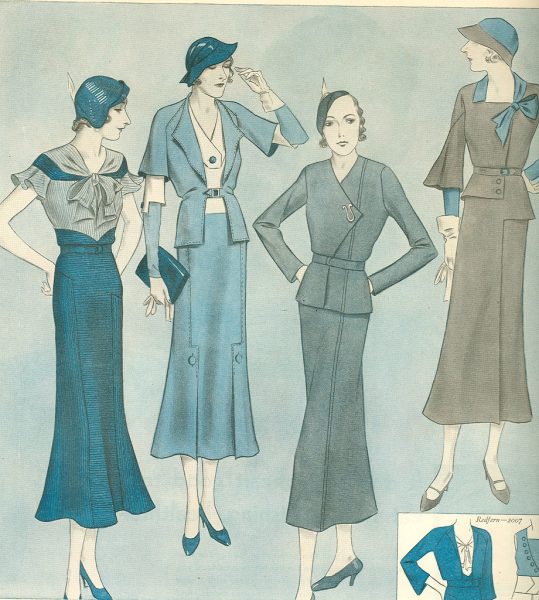
The 1930s were filled with turmoil as the decade was marked by the great depression at WWII at the beginning and end of the decade. The great depression caused women to be encouraged to refashion old clothing into something new. Styles were inspired by the big screen and the outfits of Hollywood celebrities. Department stores began selling clothing and dress patterns based on designs of favorite film heroines.
The young boyish silhouette of the 1920s evolved in the 30s into a conservative, sophisticated shape. The ideal figure was tall and thin with strong shoulders and slim hips.
In the 1930s the dresses that were worn had puffy sleeves, wide shoulders, modest necklines, higher belted waistlines, and mid-calf flared hemlines; all things that drew attention to the silhouette. Accessories on dresses often were ruffles, frilly bows, and buttons. Housewives would often wear practical dresses at home. Tying into the themes of recycling and being conservative of materials, the dresses were often homemade and made from colorful printed cotton or even the fabric of flour and feed sacks. Another popular style was the Hooverette house dress which was a wrap-style dress. Dresses worn during the day were tailored and elegant and popular fabrics for those who could afford silk or rayon crepe. Some women opted to wear skirts and blouses. For formal occasions, dresses showcase the willowy elegance of a lady through flowing, figure-hugging lines that reach the floor and materials like satin, rayon, and chiffon.
Besides dresses, women also wore trousers and activewear. Hollywood stars like Katherine Hepburn and Marlene Dietrich introduced women’s trousers for sport and leisure. The trousers were wide-legged and had huge waists resembling sailor pants. For leisure, women began wearing baggier, casual lounge pants for vacations at the beach. The modern swimsuit was also invented in the 30s. Replacing heavy wool suits, lighter-weight rubberized fabrics were used in swimwear instead.
The hairstyles that dominated this decade were the Marcel wave which is a technique that uses hot curling tongs to create curls in the hair and short curly styles were popular as the decade progressed medium-length hairstyles that are thought of as quintessential 1940s fashion began coming into fashion.
For accessories inexpensive custom jewelry, gloves, silk scarves, fur, and small hats like berets, slough hats, or even knit caps were popular. Turbans were adored for fancier looks. Oxford shoes and strappy shoes with chunky high heels were worn.
The end of the 1930s was marred by a second world war and led to a supply of raw material that would bleed into the next decade.
1940s
The 1940s were heavily impacted by war. Fashion was dominated by rationing and a shortage of materials. The fashion scene was popularized by utility clothing that could be bought with rationing coupons. In the US, fabrics were less scarce than in other areas like Paris and Britain but prevention of waste was emphasized.
During the decade two fashion designers rose to prominence through their developing trendy casual styles.
Norman Norell took advantage of unrationed sequins and began adding them to sheath dresses starting in 1942 to add some sparkle to a bleak war-filled atmosphere.
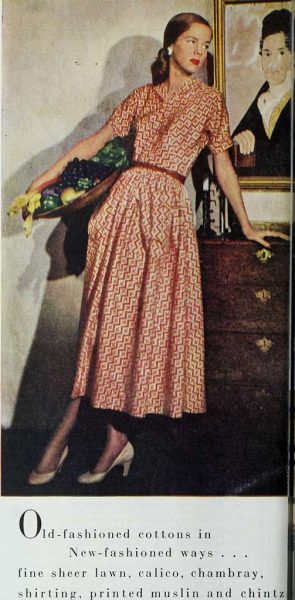
Claire McCardell’s designs on the other hand were casual, sporty, and practical. McCardell used fabrics like denim, seersucker, and jersey due to the shortage of silk and wool in 1942. Silk was being used for the war effort and could not be spared for clothing. She introduced the popover dress in 1940, named for the ease of just popping the dress over your head and then cinching it.
Woolen skirts became favored during the 40s creating a narrow and slim silhouette. Additionally, shoulders during this decade were accentuated, but not exaggerated. Meanwhile, waists were slightly nipped and outfits were adorned with belts and breast pockets. After Ginger Rogers starred in the film “Kitty Foyle”, the dress she wore garnered popularity and soon the dress became known as the Kitty Foyle dress. The A-line skirt gave the impression of a polished look without the use of extra materials which made the shirtwaist dress especially sought after. In 1942 Katherine Hepburns wearing a tuxedo, marked the start of women’s follow suit.
Hats in the decade became smaller and utilized materials like felt and straws. Snoods and turbans were especially prized for their practicality. Shows were sturdy, rounded, and had a shortage of heels. Due to the short supply of leather cork and espadrilles were used instead.
In 1947 the New Look was born. It was the opposite of what was stylish at the moment. The skirts of the new look made use of a lot of materials and weren’t practical. Unlike the accentuated shoulders of earlier in the decade, the silhouette of the New look did not highlight shoulders and instead exaggerated the existing silhouette. The birth of the New Look led to the styles of the 1950s.
1950s
Born of the New look of the late 1940s, the fashion of the 1950s leaned toward formality, elegance, and femininity. The silhouette was full-skirted but as the decade progressed, the silhouette slowly became straighter and slimmer. Lots of different choices for style and fashion were available by lots of designers. McCaedell was still especially popular among young women for their sun dresses and swimsuits. Sportswear was also still well-liked and worn. For evening and formal wear, the cocktail dress was introduced. It’s staples bodice made it very
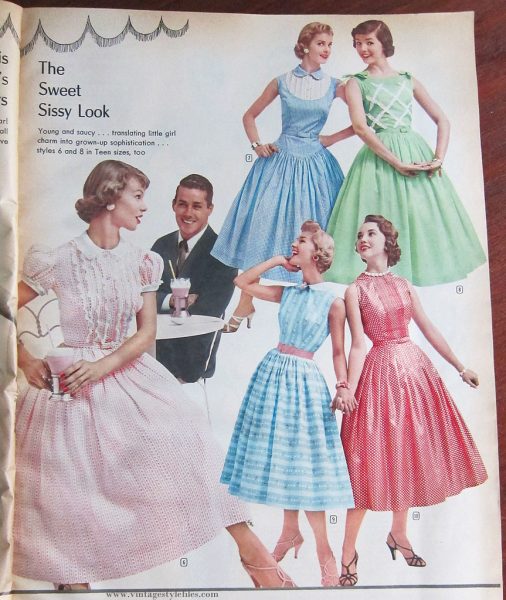
One of the most iconic styles of the decade was the poodle skirt. Credited to Juli Lynee Charlot, the simple felt skirt that was cut in a circle could have many sorts of embellishments that could be paired with tight-knit twin sets that defined the waists and had a full skirt.
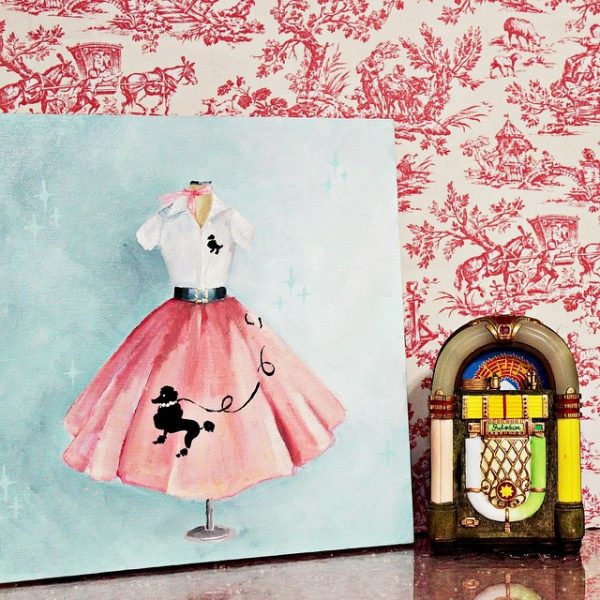
It became very important for a woman to be impeccably dressed with perfect makeup and hair. This would soon change in the 60s as counterculture created new styles.
1960s
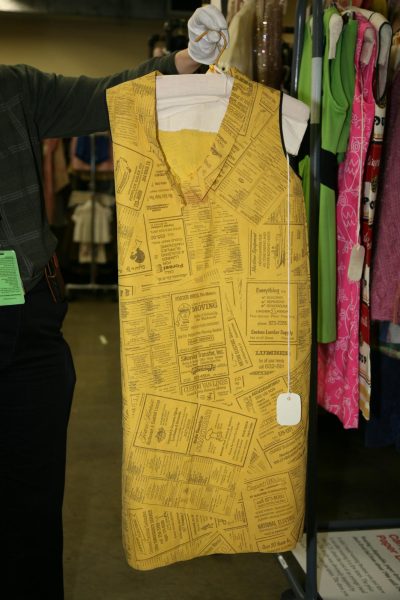
The counterculture and hippie movement of the ‘60s created many divergences in fashion and led many youths to begin dressing differently from the norm. After WWII, younger people had the highest income which in turn led them to invest in fashion leading to boutiques becoming popular.
The ‘60s saw a literal rise in hem lengths and the rise of the mini-skirt. Made as a marketing stunt in 1966 paper dresses also became fast, trendy garments. These disposable garments were made from materials like cellulose, rayon or polyester. Even the older generation saw an easing of dress codes as tailoring loosened and hats and gloves became less popular. The space race influenced some of the fashion in the US as the white and silver color scheme and astronaut-themed accessories like helmets and goggles were worn to spur the science race. Hair for both men and women in the 1960s lengthened.
The invention of modern-day synthetic fibers was incorporated into the fashion of the 60s. Materials such as perspex, Polyester, PVS, nylon, rayon, acrylic, and spandex created fun and easy-to-care-for outfits. Fueled by the drug-filled counter-culture, patterns were bright and colorful and resonated with psychedelic patterns.
1970s
Known as the polyester decade, there was a wide range of popular styles in the 1970s, with boutiques and diffusion lines making ready-to-wear clothes easy to access. The decade started with a continuation of the 1960s hippie style with an emphasis on handmade decor and materials. However while the hippies of the 60s used these materials as a way to reject mainstream fashion, the designers of the 70s incorporated them into high fashion. Designers made use of crochet, knitting and embroidery in their designs. The fashion of the decade often looked to the past for inspiration with the 30s and 40s being a big influence.
The prairie dress was a dress that was often worn. It was midi-length with delicate floral patterns and flounces. The style was similar to Victorian styles while also feeling like the hippie style of the late ‘60s.
Offering more freedom, wrap dresses made it easy to transition from day to evening wear. Evening wear was modern with satin sequin, and velvet ruling the night dance floors. Disco became very popular and as a result evening wear became more and more glamorous. Sequins and hot pants were stylish for evening wear at the beginning of the decade. However, the pants and short mini dress evolved into longer swirling dresses and skirts a decade later.
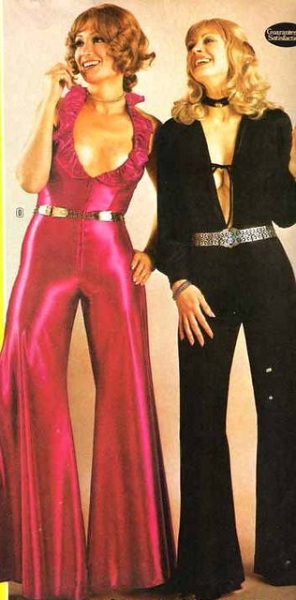
There was a shift from heels to strappy sandals and popular accessories were fur coats.
Additionally, women began wearing clothes heavily inspired by menswear. Trousers became more acceptable for formal and work wear. Suits became less feminine and form-fitting and contained patterns like animal prints.
1980s
The ‘80s were known as the decade for denim as many younger women were drawn to the style. There were many different styles of jeans worn like wide-leg jeans, stretch pull jeans, and colored jeans. The huge waistline and snug fit of the early parts of the decade grew into a more pleated waist and full hip look by the mid to late 80s. Previously only worn by punk or other subcultures, acid-wash jeans entered mainstream fashion. Paper Bag style jeans that gather like a crumpled top of a paper bag were often worn as well. Overalls were often worn by teens and young girls as well as leggings and jumpsuits. Both jumpsuits and overalls were easy to put on and style. They had a loose bodice and tapered legs that emphasized the waist to create an hourglass figure. Starting from the mid-80s, jumpsuits began to have built-in shoulder pads. Even evening wear could be fancier jumpsuits.
As more and more women entered the workforce, power suits became a fashion statement. The blazers had the appearance of extended shoulders through the use of large shoulder pads that lined the jackets and were often paired with slacks or A-line midi skirts. Slacks were often high-waisted with a pleated front and straight-cut legs. Blouses that were worn with power suits had accents of the Victorian Era with big sleeves made from crisp cotton or shiny satin. Accessories included pumps, and a nude pantyhose if wearing a skirt.
The sweater had numerous patterns like geometric shapes, stripes, and polka dots. They had many patterns and stitches like cable rib or other decoration patterns and textures. Women wore colors in pastels like pink, yellow, and blue. Meanwhile, teens added brighter or primary colors to their looks. Teens would often wear a baggy, oversized sweater. Sweater vests also became popular in the same bright and colorful patterns as sweaters.
Casual shirts like the polo and button-downs became trendy as well. They often had a wide array of patterns such as tropical or floral prints. During the mid-80s the oversized button-down shirt trend occurred. Long shirts were worn with a belt fitted loose around the hips. This outfit was paired with pants or leggings. Graphic t-shirts began to become stylish in this decade.
The ‘80s dresses saw styles from the ‘40s and ‘50s reemerge. Dresses with a buttoned-down front or an A-line skirt that had a cinched waist were popular while being comfortable and flattering. These styles of dresses were often collared and sleeve length varied as well as the length of the dress which could range from knee to mid-calf length. Dresses came in both solids and patterns. The shoulder and neckline were a big part of the 80s silhouette. Many dresses had shoulder pads or puffed sleeves with accessories like bows on the collar. While similar to the style of the ‘40s, the fashion was fuller and bigger.
Sundresses worn during the warm months of summer were typically sleeveless with an A-line skirt. Straps in a spaghetti or tie strap shape were used with lightweight polyester fabrics. Sundresses were usually accompanied by some sort of waistband belt or tie. Patterns like stripes, polka dots, or flowers were often on these dresses.
Formal dresses also followed the major trends of the 80s and saw lace, bows, and puffy sleeves. Fancier dresses were made out of velvet, taffeta, and acetate. Prom dresses became the highlight of a girl’s high school experience.
A defining feature of ‘80s fashion was the emergence of workout clothing. The most well-known example is the tracksuit. Made out of nylon, velour, polyester or fleece, the tracksuit was made up of a full zip-on jacket and a pair of matching pants. They were typically worn in solid color with neon colors being popular with the younger generation. Leotards also became very fashionable with the exercise craze of Jazzercise. Leotards usually were in bright solid color with thumb stripes. Leggings would be worn underneath the leotard and accessorized with leg warmers, a headband and a pair of ballet slippers or soft-soled exercise shoes. Sports shoes that we see today like Nike, Converse, and Adidas exploded in popularity.
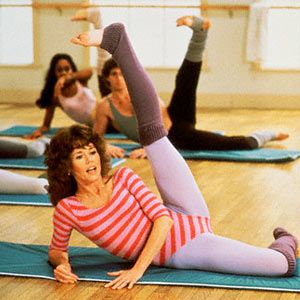
1990s
Fashion in the 90s continued the general trend of migrating towards a casual style and minimalism. The decade began with the remnant of larger-than-life fashion of the 80s but quickly died down to a less glamorous and casual dress. Sportswear fashion from the eighties continued into the early 80s like the biker shorts, leggings, and oversized sweatshirts being favored by young women. There was a revival of the 60s and 70s fashion in garments like mini-skirts, punk styles and flares. The revival of past fashion caused the growth of vintage clothing. It was a big influence on grunge fashion that came out of Seattle in the late 1980s. In the early 90s, grunge fashion was even more widespread. Grunge fashion that utilized everyday clothing paired with baggy worn-out jeans, flannel shirts and chunk boots like Doc Martens. By the mid-nineties, the fashion turned more feminine again. Slip dresses were seen in everyday wear with silver versions being used as formal wear. Inspired by Britney Spears and movies like Clueless, the “sexy school girl” became a popular look. This fashion was made up of knee-high socks, undersized sweaters and baby doll t-shirts. As the decade progressed, utilitarian styles like cargo pants became popular for everyday wear. Embroidery and mixed fabrics also started being used in fashion again.
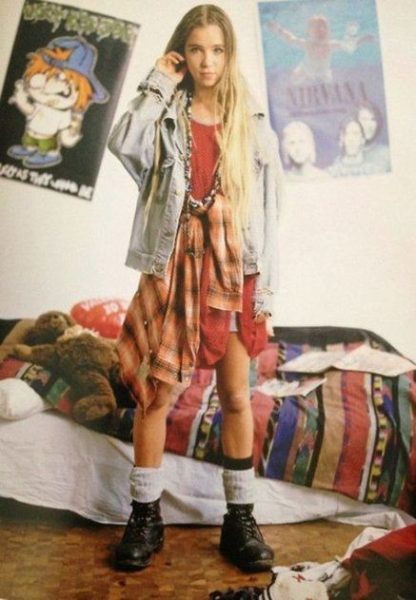
2000s
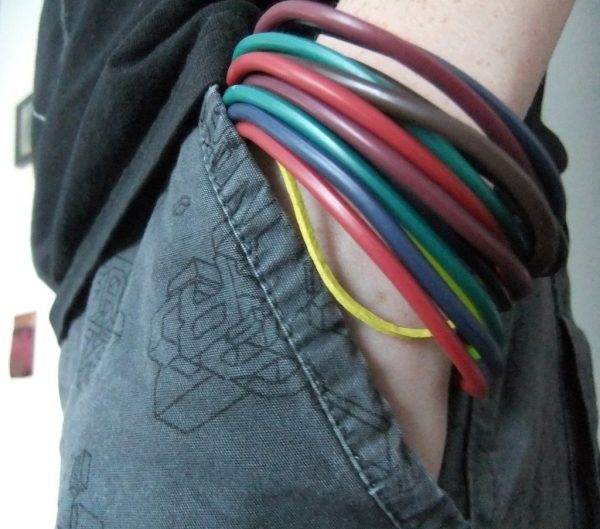
Many of the fashion trends seen in this decade were a result of fast fashion and the growing influence of celebrities as style icons. The early 2000s were heavily influenced by technology and Y2K fashion. The color palettes for the early parts of the decade were metallics and shiny black tones. Popular Y2K fashion for women included box-pleated or leather skirts, shiny pants, sparkly shoes, and mesh or handkerchief tops. Denim was a popular material used in outfits beyond jeans, jackets, and hats that were seen in previous fashion eras. Jeans were used in crop tops, low-rise flare jeans, cargo pants, skirts, off-the-shoulder tops, and other garments.
During the mid-2000s, many took inspiration from the bohemian look of the 60s. Clothing like low-rise pants, yoga pants, capri pants, cropped jeans, and dresses over jeans were popular outfit choices for ladies. Accessories like chunky bets, jelly bracelets and aviator sunglasses were worn. Other accessories also included using ties for both necks and belts. For footwear, ballet flats and platform boots were often seen.
In the late 2000s, many of the styles from the earlier parts of the decade continued. Some deviations were that crop tops were replaced with camisoles and that miniskirts were replaced by bubble skirts, babydoll and sweater dresses. Neon-colored animal prints and geometric shapes from the 80s and 90s also came back into style. Alongside of the bright patterns, acid-washed jeans, and denim jeans were worn. Footwear worn in the late 2000s were ballet slippers and gladiator slippers. The generally popular silhouette was the oversized look. A popular accessory was headbands.
There were many subcultures of fashion during the 200s like hip-hop, streetwear, emo, scene, and athleisure wear.
2010s
For the feminine professional look nipped in waists, shift dresses, pencil skirts, cardigans and platform heels. As the decade continued, the silhouette began to soften as skirts became fuller and longer towards the midi-look. The shape of the waists was firmly defined with oversized belts to further accentuate the shape. The use of belts helps create a feminine silhouette similar to a fuller 1950s look. This also created a peplum effect, another popular silhouette enduring this time period. A peplum is created by adding a layer of fabric on top of a skirt, top, or dress to create a flared-out appearance at the waist. Through the 2010s it became very popular among women to wear workout clothes and accessories without ever planning to work out. This style known as athleisure was luxurious and born of the blooming fitness culture promoted by celebrities and social media influencers. Models like Gigi Hadid and Hailey Baldwin were renowned for this style and soon this style found itself on runaways after Chanel models strutted the runwear in variations of leggings, crop tops, and sneakers in 2014. Well-known celebrities like Kanye West and Rihana made a mark on athleisure fashion with their modeling of Yeezy and Fenty x Puma. Through the influence of the new creative director of Gucci, Alessandro Michele, fashion in the middle of the decade saw bright colors and bold textures, foreshadowing the maximalist styles that would appear towards the end of the decade. Social media like Instagram had a major impact on fashion during the 2010s. Platforms like Instagram made it easy for any fashion lover to create and share their own styles with the masses. Influencers gain massive followers by commenting about the latest high fashion on the catwalks or showcasing daily outfits. In fact normal, minimalist, causal fashion that went against high fashion was quite popular early on in the decade. Colors that were more muted and neutral in color aided in this fad as well as one of the most popular accessories today; the sneaker. Specifically, white sneakers that could be found paired with any type of style, from jeans and leggings to dresses and skirts, sneakers even overtook high-heel sales in the UK in 2016. The age of technology also gave the ability to shed light on the darker sides of the fashion industry. After the collapse of the Rana Plaza garment factory in Bangladesh in 2013 which killed thousands of workers, questions about clothing working conditions and wages were called into question. Consumers were outraged by the tragedy and shone more light on the issue as well as began focusing more about sustainability and its impact on the environment.
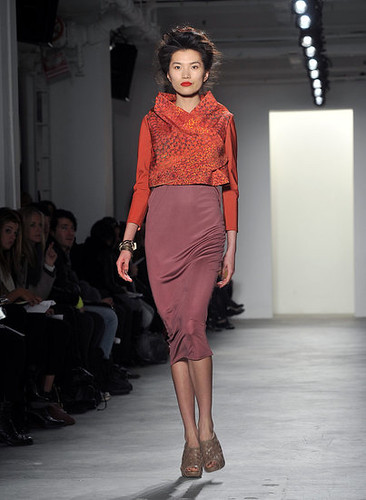
As fashion continues to move forward into the 2020s, styles will continue to evolve and change. Whether it’s looking towards the past for inspiration with old styles becoming chic again or creating new innovative styles of tomorrow, the clothing we wear tells a story of today.
